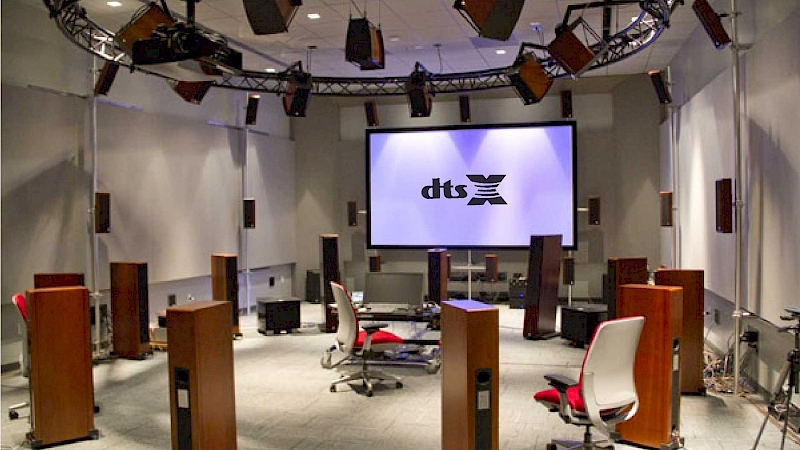
DTS:X and DTS:X Pro are different even though they share the same foundations. This article is intended to explain in detail the differences between these two technologies. Hopefully, you will also understand how to get the most out of a DTS immersive soundtrack.
Immersive Sound in a nutshell
Immersive Sound is arguably one of the most significant evolutions in multichannel audio since the introduction of Dolby Surround. The most noticeable improvement is the addition of height channels to reproduce sound above your head.
Auro Technologies was the first company to introduce height speakers in commercial cinemas in 2010. Auro-3D launched channel-based formats 11.1 and 13.1.
In 2012, both Dolby Laboratories and DTS introduced their immersive audio solutions: Dolby Atmos and DTS:X in commercial cinemas. Both formats are different from Auro-3D in so much as they use audio objects.
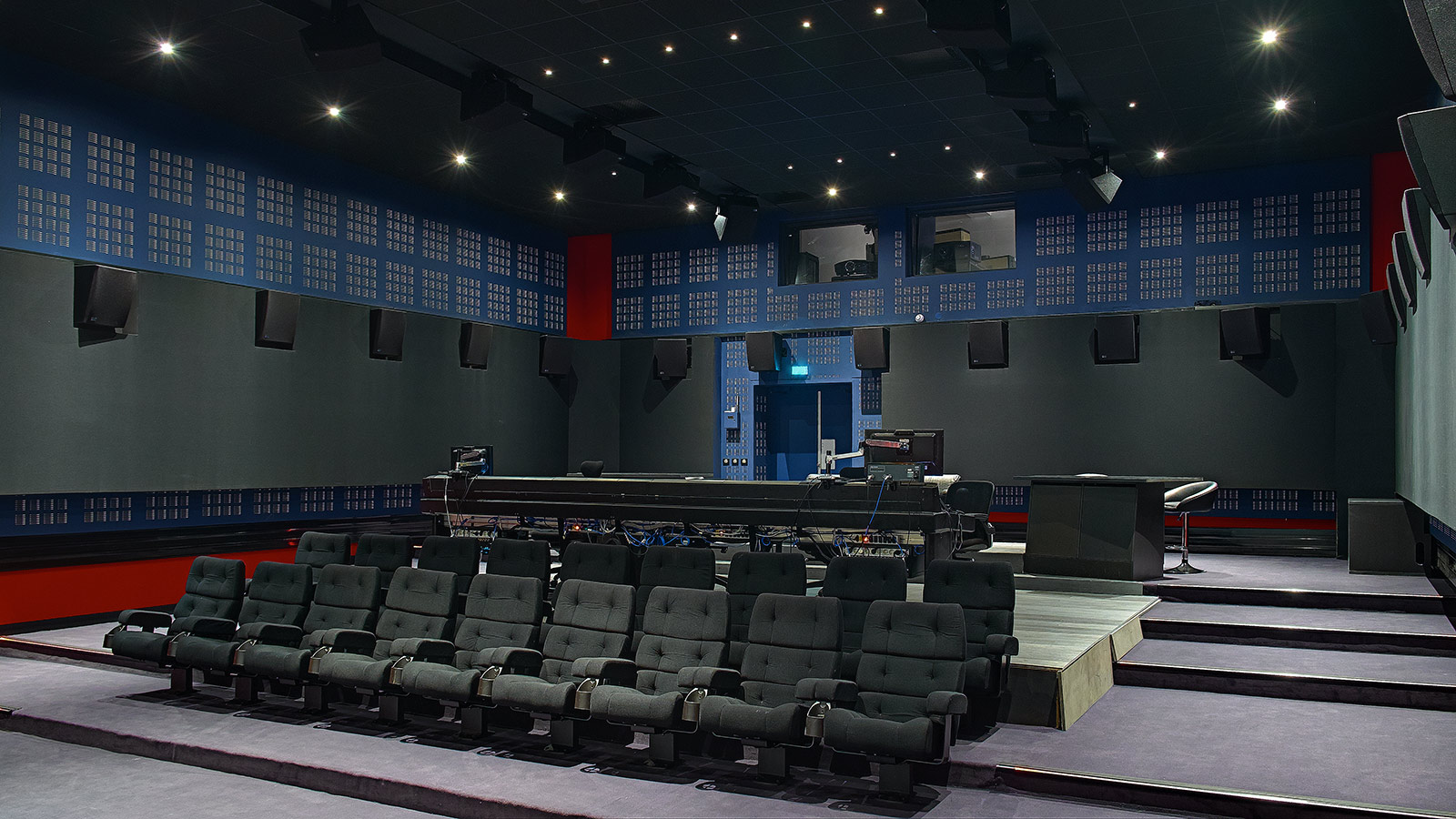
Dolby Atmos mixing stage featuring Meyer Sound
DTS:X is an object-based format
DTS:X is technically closer to Dolby Atmos than Auro-3D as it includes sound objects.
Unlike channel-based formats (5.1, 7.1 and Auro-3D), objects-based formats make playback highly scalable. An audio “object” is an audio element with associated metadata that defines how it is rendered in the listening environment.
Sound is no longer confined to a specific location in the mix (the LEFT speaker, for example). Instead, the content creator can assign audio to an object that is then manipulated in space, encoded to a DTS or Dolby bitstream, and then recreated accurately in the consumers’ home utilizing his or her specific speaker setup.
Some audio elements are placed in the movie soundtracks to move in three dimensions around the audience. Being objects, they can be reproduced across different speaker layouts without altering the artistic intent.
The ability to modulate the number of speakers to reproduce a soundtrack mixed with objects provides greater flexibility.
The speaker configuration can be adapted to the size of the room and seating area to offer higher spatial resolution. More importantly, it gets easier to localize moving objects across the seating area.

DTS lab in Calabasas, showing a DTS:X speaker layout
The History of DTS:X in Home Cinema
DTS:X was introduced in commercial cinemas in 2012. The object-based audio technology MDA (Multi Dimensional Audio) formed the foundation on which the theatrical version of DTS:X was based.
From 2014, Trinnov collaborated closely with the engineering team of DTS to become the first to enable DTS:X technology in a consumer product. This collaboration led to the first public demonstration of DTS:X at CES 2015 using the Altitude32 Processor.
In its first consumer version, DTS:X supported a maximum of 12 simultaneous discrete channels. When DTS developed the technology, they architected it such that there was theoretically no limit to the number of channels or objects that could be supported. In practical terms, however, there were physical limits in many cases (processing power, memory, complexity of testing an infinite number of speaker configurations etc.) which meant that the supported channel layout was limited to a maximum of 7.1.4.
From the beginning, the Altitude32 and then Altitude16 supported any speaker positions within this 12 channel constraint. DTS:X was made available to all our customers via a simple firmware update delivered free of charge.
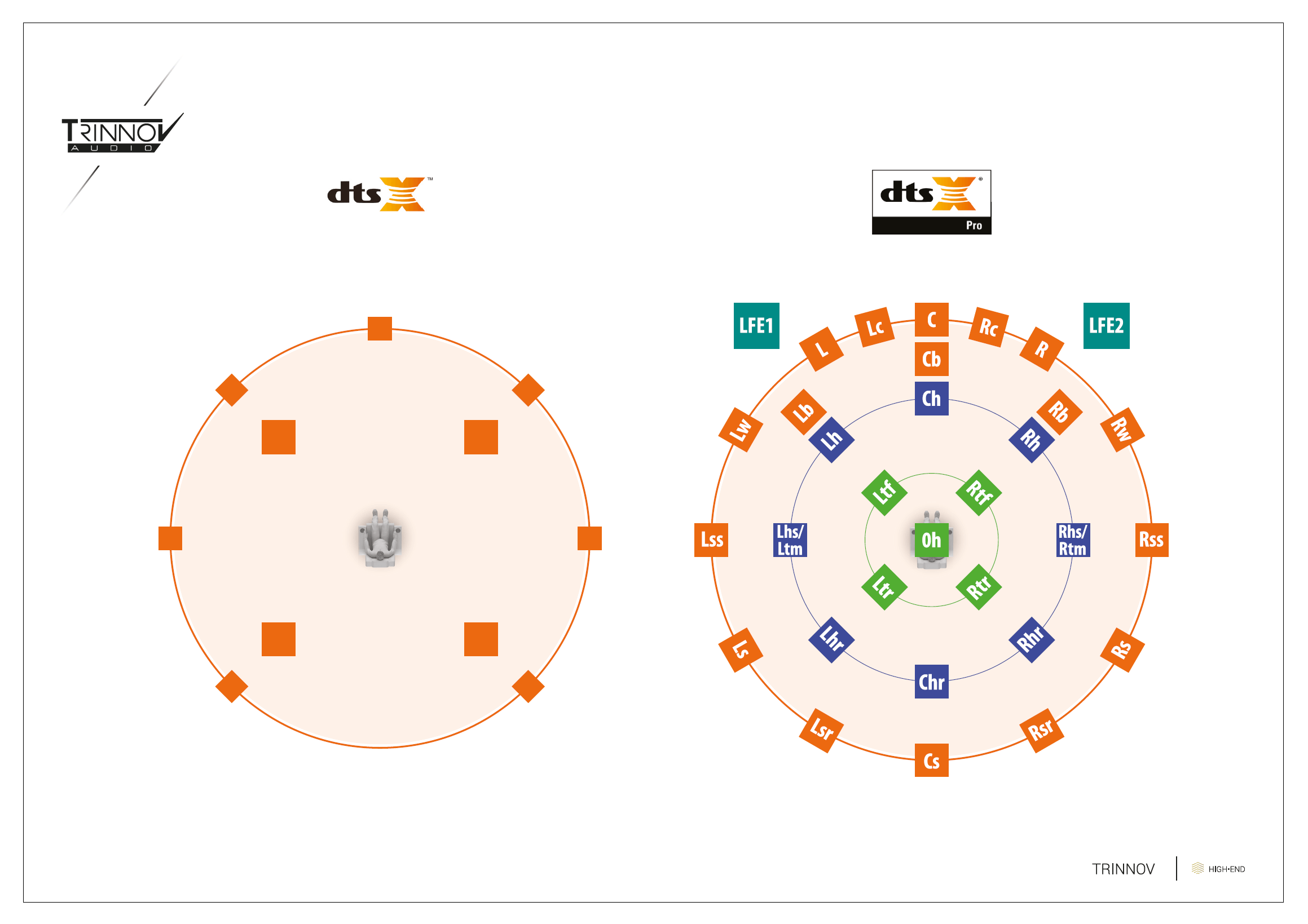
A typical 7.1.4 DTS:X Speaker Layout Vs DTS:X Pro new layout
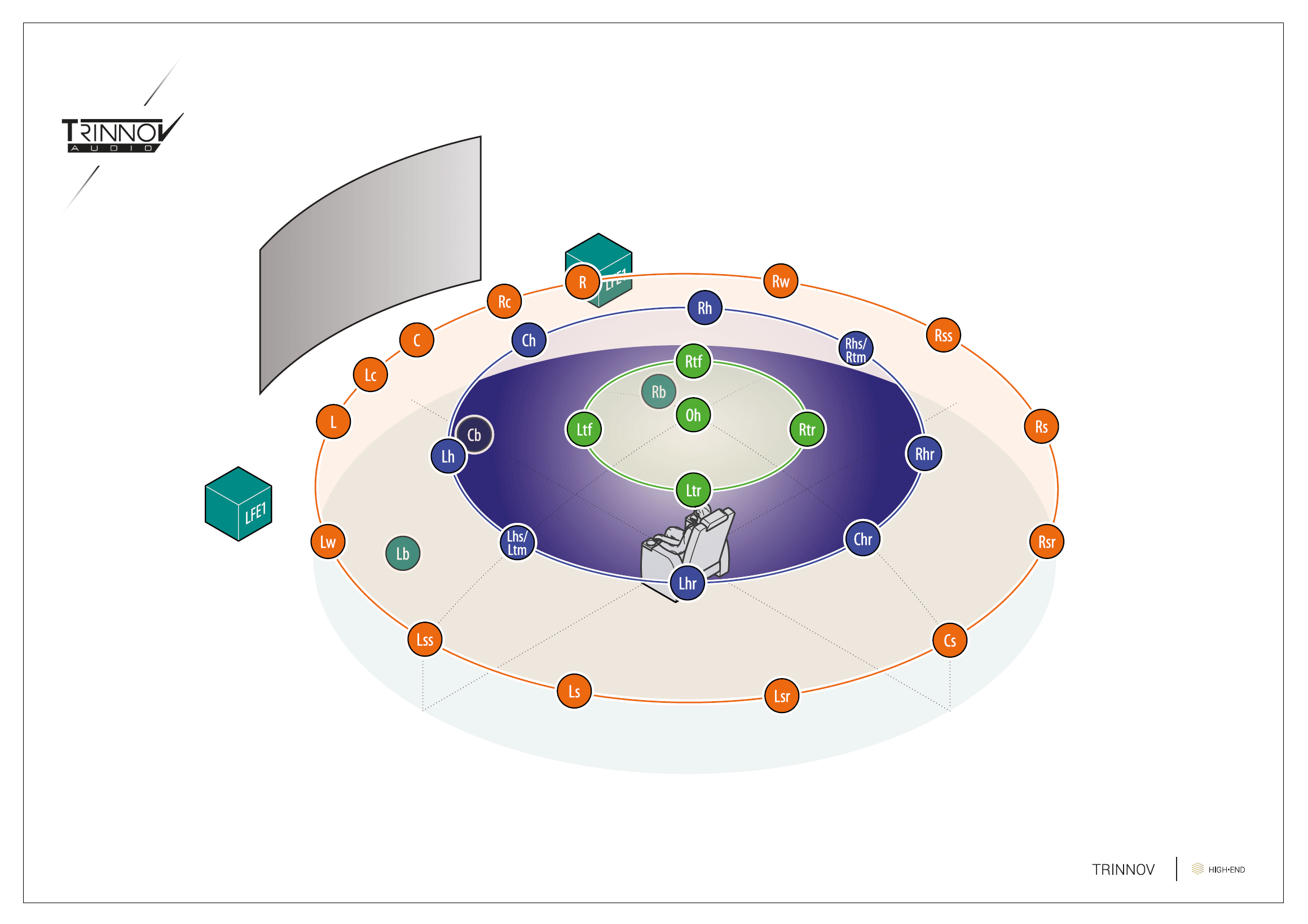
Full DTS:X Speaker Layout
How to play DTS:X Content?
The DTS:X specific information are carried on top of a DTS-HD Master Audio codec. DTS-HD Master Audio is already supported by standard Blu-Ray and HD Blu-Ray players.
Therefore, the only requirement to play native DTS:X content is to use a DTS:X capable receiver or processor. This device will decode and render all the information from the DTS:X soundtrack.
This being said, DTS:X capable devices are not all equal. Their capability should be considered in detail to make sure it matches your speaker configuration:
- Make sure the AV Processor or AV Receiver can decode enough discrete outputs (rather than matrixed). This will help maximize the benefit of this format.
- On top of the pure discrete channel count, make sure all the relevant speaker positions are supported. Not doing so will compromise the playback quality and spatial precision of your system.
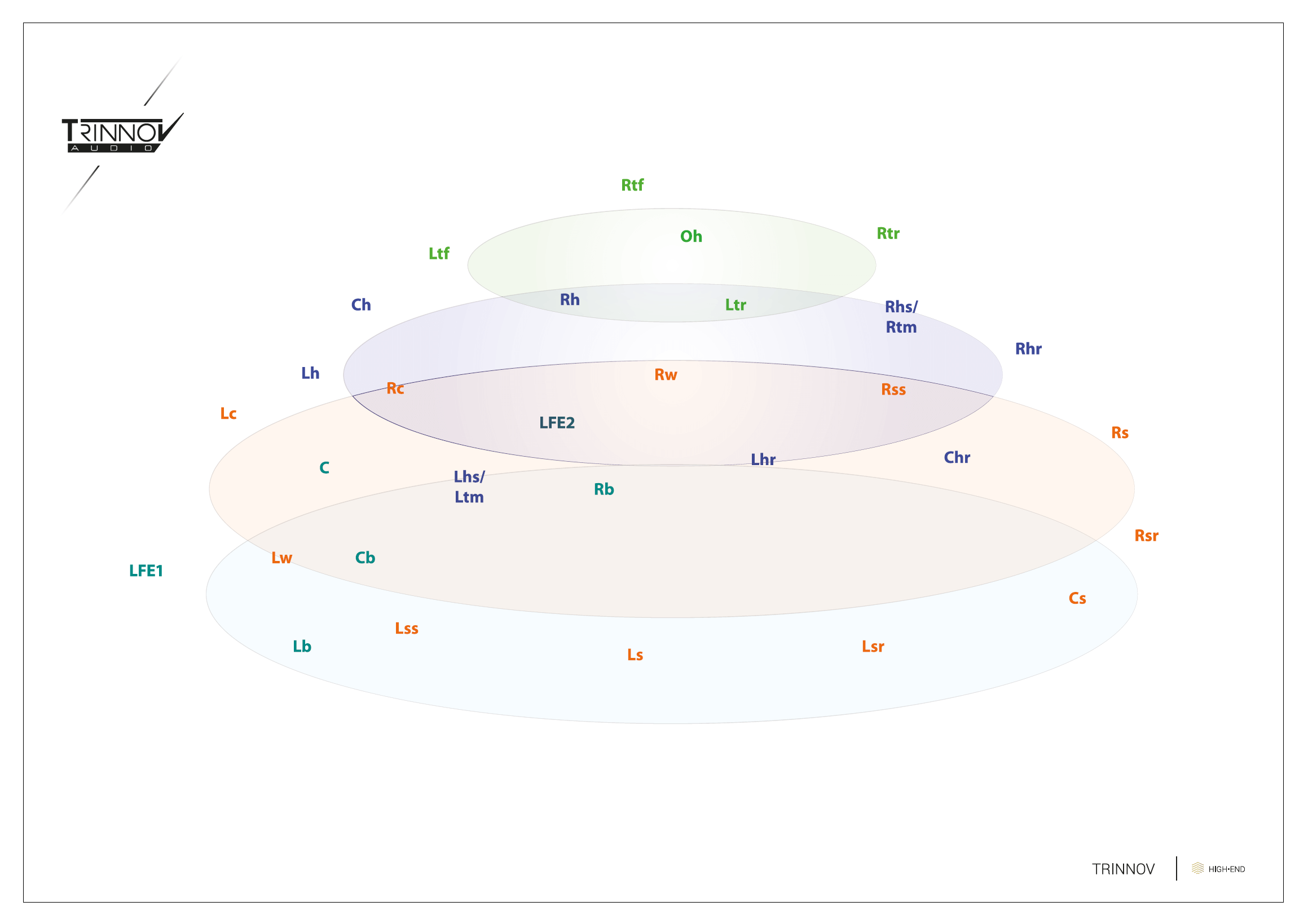
Another view from the DTS:X Pro Layout
From Commercial Theater to Home Cinema
As explained in the introduction, DTS:X and DTS:X Pro share the same foundations.
In fact, DTS:X Pro is not technically a format but rather an unlocked version of DTS:X for the home.
Practically, a DTS:X Pro capable AV Processor can playback more than the 12 discrete channels originally allowed by DTS:X.
In other words, DTS:X Pro brings the capabilities of the commercial version of DTS:X to your private theater.
The most noticeable benefit in a home environment will be the addition of wide channels and extra height channels. You could install these extra speakers with a DTS:X capable processor. However, you would not get unique content coming from all speakers. This is where DTS:X Pro makes a major and critical difference.
Indeed, the immersive experience is greatly enhanced with extra speakers. But these extra channels are even more important if you have more than in a single row of seats.
If you wonder how many speakers you need in your home cinema, we recommend this article.
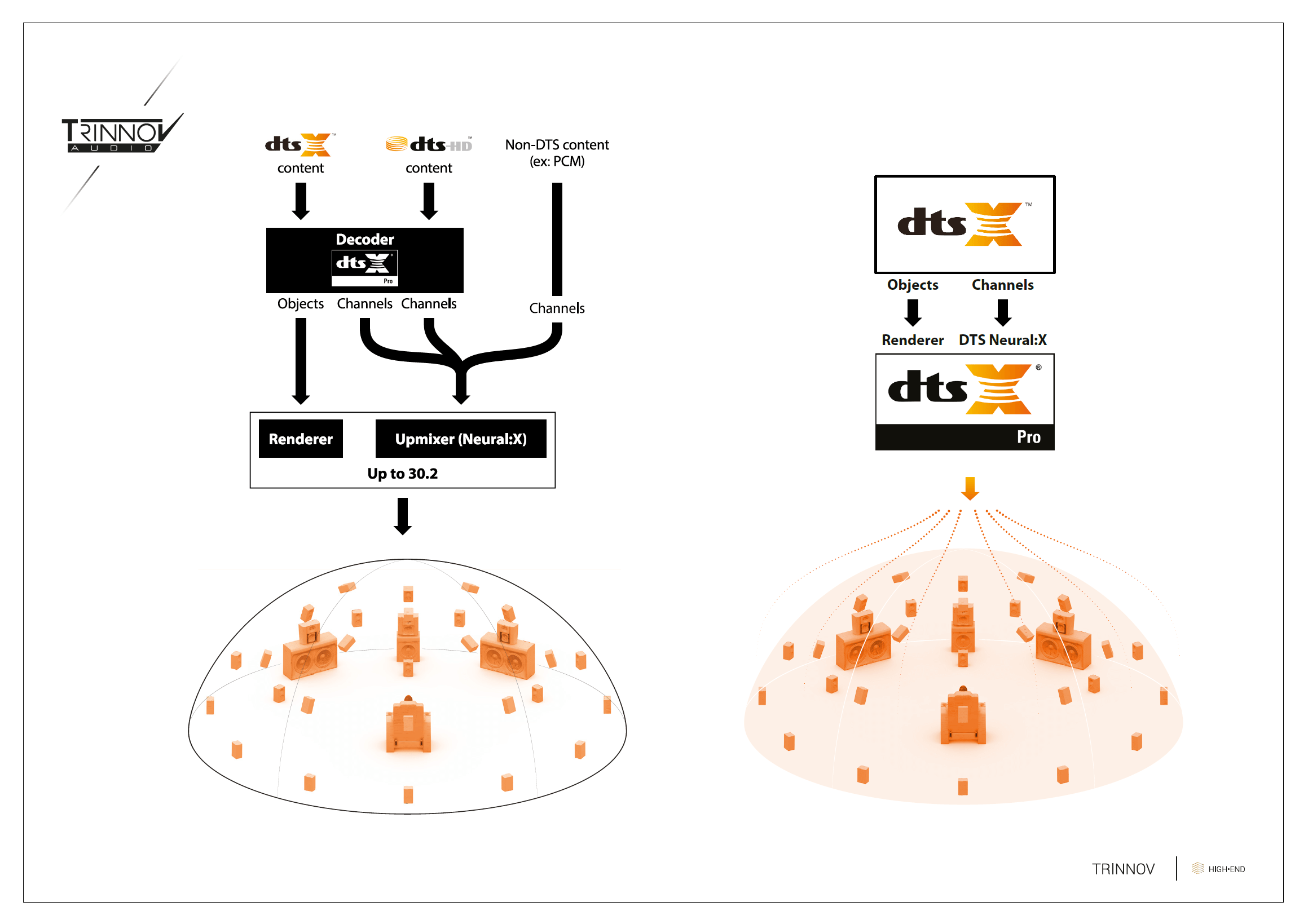
DTS:X Pro object renderer
How does the DTS:X renderer works?
Dolby Atmos and DTS:X soundtrack carry two types of information:
- Bed channels played through 9 main channels, almost throughout the movies
- Object played through all channels with high spatial resolution for precisely localised pieces of audio included in the sound design
The DTS:X Pro renderer will play back the objects across any speakers in your system. DTS:X Pro will also upmix bed channels with the Neural:X upmix engine to up to 30 different speakers. This is quite unique.
This will maximize the use of your speakers and dramatically increase the immersive experience throughout the movie.
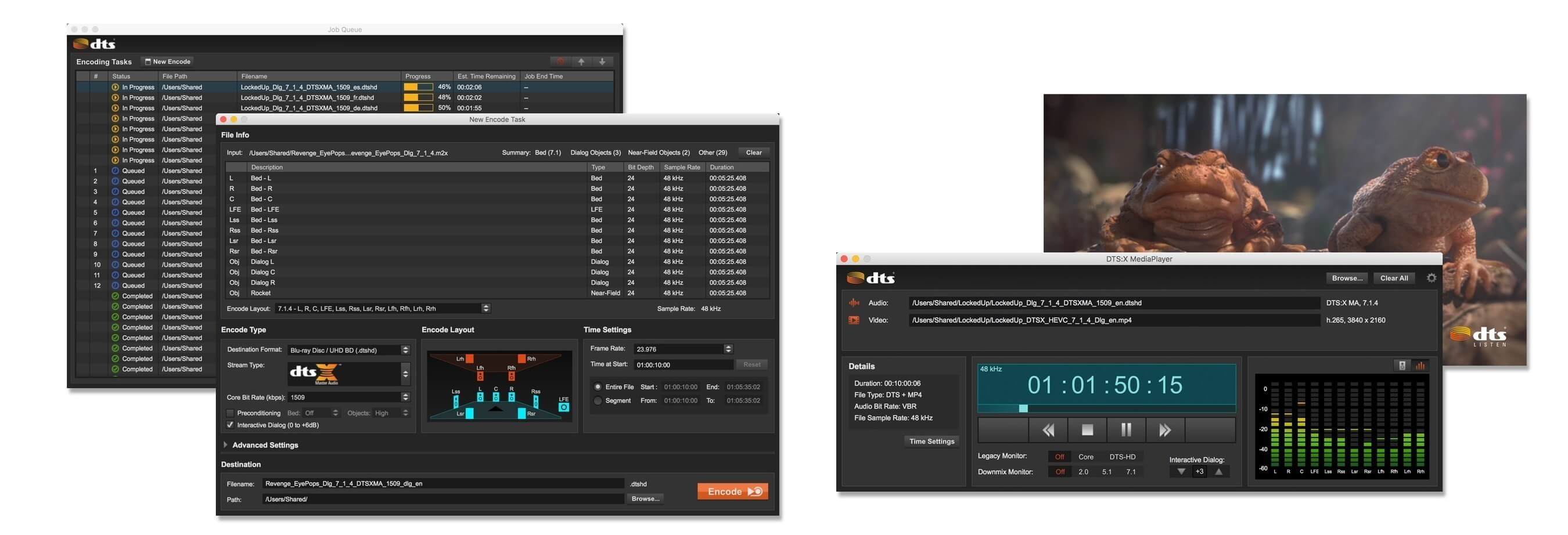
DTS Master Audio Suite
Major Benefits of DTS:X Pro
DTS:X Pro includes some major benefits
- Immersive Sound at its best: offers a very nice way to render objects and upmix bed channels across large loudspeaker systems
- A more consistent experience: this ensures optimum playback regardless of the number of speakers in your room. This technology allows you to get consistent playback across wider seating area
- Immersive Audio for all your library: enjoy your entire library with immersive audio thanks to the Neural:X upmixer.
Trinnov’s unique implementation of DTS:X Pro
In 2019, we worked again very closely with the DTS engineering team to release DTS:X Pro.
The unique hardware platform of our AV Processors allowed us an implementation without compromise. This allowed DTS to demonstrate the full potential of their technology.
The Altitude32 is the only AV Processor to fully support DTS:X Pro. This includes playback of up to 32 discrete outputs and support of any DTS speaker positions.
We demonstrated the technology throughout the year to our distributors and partners.
DTS:X Pro was made publicly available on all Altitude processors in early 2020 as a free firmware update. This was a complete year before any of our competitors
Conclusion
DTS:X Pro is definitely an improvement over the first version of the DTS:X consumer decoding package. This is particularly true and obvious above the widely spread 7.1.4 speaker layout. An AV Receiver or AV Processor will advertise a maximum number of supported channels for DTS:X. Also pay attention to which speaker locations are supported.
To experience the full potential of DTS:X, you can download our exclusive trailer. This trailer was mixed by Bob DeMaa for DTS in Calabasas

